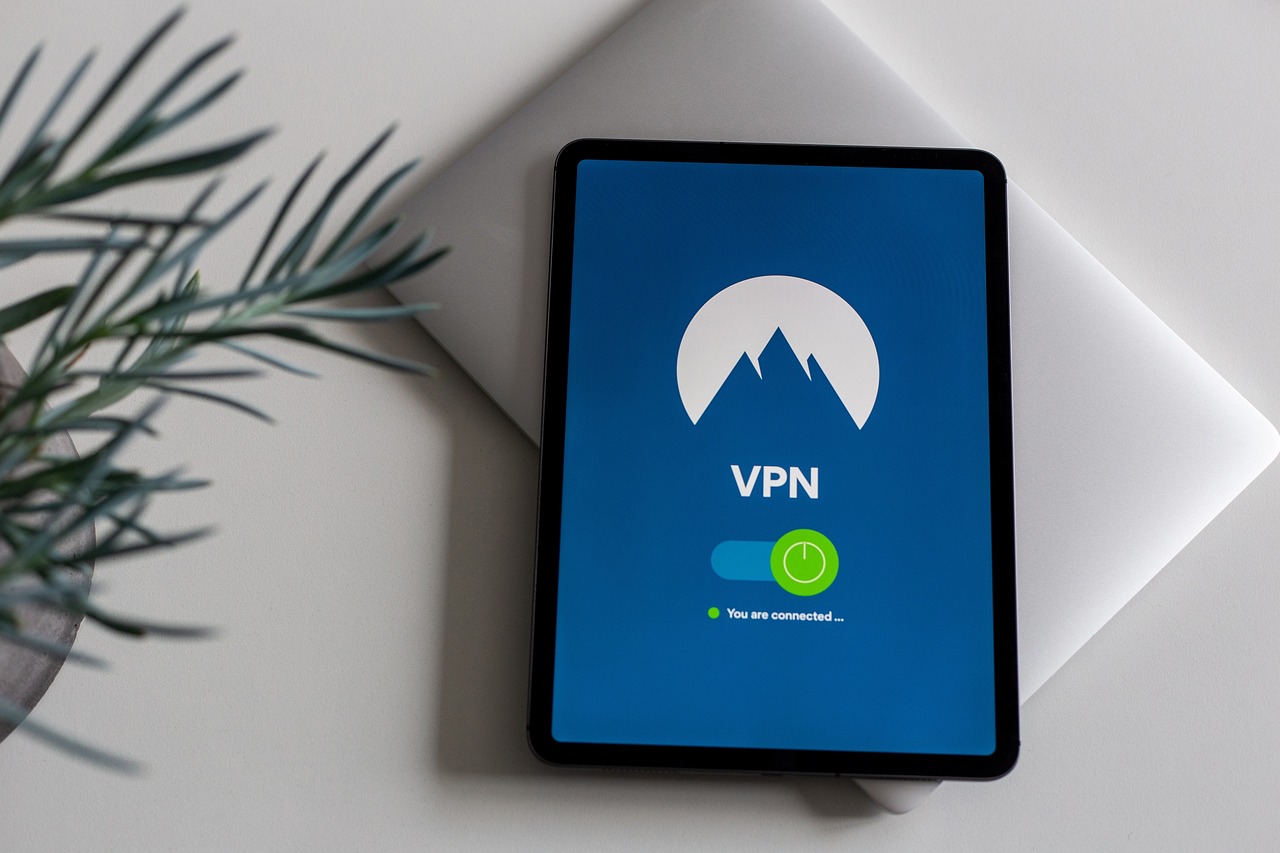Cracking the Invisible Wall: How Modern Websites Detect Scraping Without You Noticing

Strong 8k brings an ultra-HD IPTV experience to your living room and your pocket.
Data scraping is no longer a cat-and-mouse game it’s chess played in real-time against sophisticated defenses. What was once a matter of rotating IPs and randomizing headers has turned into an arms race involving behavioral analysis, TLS fingerprinting, and dynamic traps that flag non-human activity faster than ever. While public discourse often focuses on bot protection “trends,” what rarely gets addressed is the mechanics behind these defenses and how scraping specialists can navigate them without crossing ethical or legal boundaries.
The Rise of Passive Detection: More Than Just IP Blocks
At the surface level, you may assume that websites detect scraping by tracking IPs and rate-limiting access. That’s outdated. According to a study by DataDome, over 35% of modern bot detection now occurs passively without any need for CAPTCHAs or JavaScript challenges. Sites collect entropy-rich data from your TLS handshake, browser rendering behavior, and even how long your mouse hovers on a button.
Passive fingerprinting techniques like TLS JA3 (used by Cloudflare and others) create a unique hash of your TLS handshake parameters. Combine that with HTTP/2 prioritization patterns, and you’ve already left a trackable fingerprint even before sending a full GET request.
Anti-Bot Traps Hidden in Plain Sight
A more covert method growing in popularity is the use of bot traps resources deliberately served to detect and flag scraping. These can include:
Hidden fields in HTML forms that should never be filled by real users.
Fake links with unique tokenized URLs, created to catch bots that follow every anchor tag.
Honeypot CSS classes (display:none) that are only parsed by DOM-scraping tools, not real browsers.
One case study published by PerimeterX found that bot traps led to a 40% faster identification of malicious scrapers than traditional rate limiting. This is especially effective when combined with behavioral baselining measuring how fast a session scrolls, clicks, or requests multiple endpoints.
Scrapers that naively download everything or don’t wait for dynamic JavaScript to resolve are easily marked as automated.
Working With, Not Against: The Role of Ethical Infrastructure
The key to sustainable scraping lies in behaving like a real user without trying to mask identity too aggressively. For example, using datacenter proxies can be effective when high bandwidth and speed are necessary but only if paired with realistic request headers and delays.
Solutions such as example here can offer structured proxy networks that don’t rely on residential IPs, but still allow you to blend in with normal traffic when configured correctly:
👉 https://pingproxies.com/proxy-service/datacenter-proxies
More importantly, ethical scraping should avoid login-gated content, avoid causing unnecessary server strain, and respect robots.txt whenever possible. Over-engineering your scraper to mimic every nuance of human interaction can backfire if the data could be obtained more easily through an API, a contact form, or by building a partnership.
The Future Is Silent: Why Detection Happens Before You Think
The next generation of anti-bot systems might not even wait for your HTTP request. Device fingerprinting at the DNS resolution level, detection via TLS 1.3 behavior, and AI-based real-time scoring of traffic sessions are already being prototyped.
If you’re using a headless browser, anti-bot services can even profile your rendering time to the millisecond. One recent paper from Cornell Tech showed that rendering time variances in Chromium-based headless setups could identify automated behavior with 92% accuracy.
This isn't about blocking scripts it's about recognizing the absence of noise that real humans produce. Every micro-delay, every misclick, every hover that doesn’t lead to a click all of it feeds into a profile that keeps you undetected. Or not.
Stealth Is Precision, Not Paranoia
Web scraping isn't dying it’s maturing. The tools are better, but so are the defenses. What separates successful scrapers from flagged sessions isn’t brute force or residential IPs; it’s precision. It's a willingness to understand the hidden protocols, the micro-signals, and the value of making fewer requests that yield richer data.
If you build your scraper like an engineer and think like a user, you’ll be miles ahead of the noisy botnets that anti-bot systems were designed to stop. Just remember every request tells a story. Make sure yours sounds human.
Note: IndiBlogHub features both user-submitted and editorial content. We do not verify third-party contributions. Read our Disclaimer and Privacy Policyfor details.







